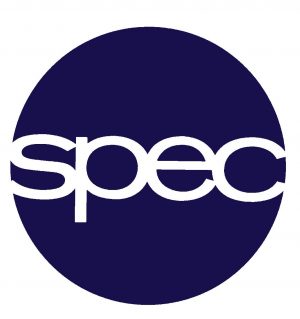Domain, Specialties : Molecular physics
Keywords: polymerization, optics, nanophotonics, plasmonics, local probes, AFM, STM
Research Unit : SPEC / LEPO
Summary
The manufacture of high-quality 2D materials is an important challenge in nanotechnology. Molecular self-assembly makes it possible to create promising supramolecular structures, but these are not stable. The internship aims to study the photo-crosslinking of such assemblies to make them stable, by playing with the degrees of freedom of light.
Full description
The interaction between a material and its environment occurs primarily at its surface. Nano-structuring this surface makes interactions more selective and allows new optoelectronic properties to be obtained. High-quality two-dimensional (2D) materials are therefore an important scientific goal. One promising approach is the self-assembly of molecules on a crystalline substrate. This method is flexible and allows to obtain a wide variety of organized 2D supramolecular networks with promising properties for optoelectronics and sensing. However, these assemblies are based on non-covalent bonds, making them fragile and thermally unstable.
To strengthen these networks, one solution is to bond the molecules together on the surface, thus creating a covalent 2D network. This covalent network formation can be achieved by heating under ultra-high vacuum. However, this method can cause defects in the surface. An interesting alternative is to use light to trigger the cross-linking of the network, which allows for new control parameters: wavelength and polarization of light. We propose to create such molecular assemblies under ambient conditions and characterize them using optics and scanning probe microscopies.
This internship will aim to:
- Characterize molecular assemblies synthesized by project partners, in air or at the liquid–solid interface, using scanning probe microscopies (scanning tunneling microscopy (STM), atomic force microscopy (AFM) ).
- Monitor their evolution under light excitation to demonstrate localized photochemical cross-linking under ambient conditions.
Location
CEA Saclay, Site de l’Orme des merisiers (91) Essonne, France
Internship conditions
- Internship duration: 6 months
- Level of study: Bac+5
- Training: Master 2
- Continuation in PhD thesis: Yes
- Application deadline: 3 mars 2025
Experimental skills
Language : English
Useful methods and technics:
- Scanning tunneling microscopy (STM)
- Atomic force microscopy (AFM)
- Optical microscopy
- Absorption spectroscopy
- Raman spectroscopy
Computer languages and software: Python
Links
- Web site of the laboratory: https://iramis.cea.fr/spec/lepo/
- Personal web page of the supervisor: Simon Vassant
Supervisor
Simon Vassant
Phone: +33 1 69 08 95 97
Email :
Head of the laboratory SPEC / LEPO
Ludovic Douillard
Phone: +33 1 69 08 36 26


